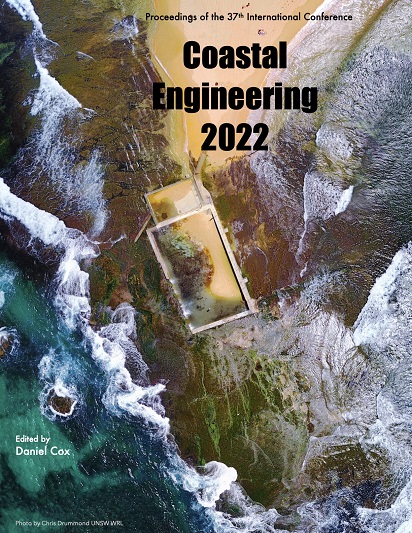Abstract
Coastal dunes are natural barriers buffering storm waves, protecting coastal communities from flooding and rising sea level, and providing a valuable source of biodiversity for the surrounding environment. Significant dune erosion caused by storm waves and high water levels generally takes place over hours or days, while post-storm recovery can take years or decades (Houser et al., 2015). Although coastal dunes have received quite a lot of attention over the last decades, knowledge gaps remain, and our understanding and predicting capacity of long-term (years to decades) coastal dune evolution remain limited. The large diversity of coastal dunes along the Atlantic coast of Europe and the sequence of extreme storms observed during the 2013/14 winter, considered as the most energetic storms since at least 1948 (Masselink, 2016), represent a unique opportunity to study the spectrum of coastal dune response and recovery from an extreme winter.References
Houser, Wernette, Rentschlar, Jones, Hammond, Trimble (2015): Post-storm beach and dune recovery: Implications for barrier island resilience. Geomorphology, vol. 234, pp. 54–63
Konstantinou, Stokes, Masselink, Scott (2021): The extreme 2013/14 winter storms: Regional patterns in multi-annual beach recovery. Geomorphology, vol. 389, 107828
Masselink, Castelle, Scott, Dodet, Suanez, Jackson, Floc’h (2016): Extreme wave activity during 2013/2014 winter and morphological impacts along the Atlantic coast of Europe, Geophysical Research Letters, AGU, vol. 43, issue 5, pp. 2135-2143.

This work is licensed under a Creative Commons Attribution 4.0 International License.
Copyright (c) 2023 Olivier Burvingt, Bruno Castelle

